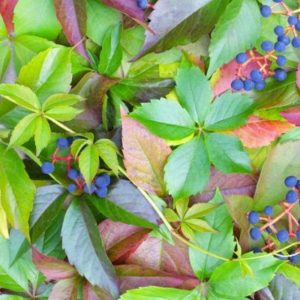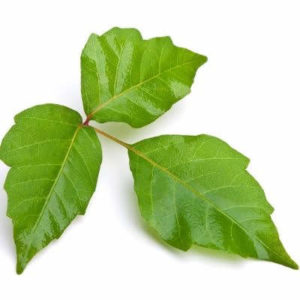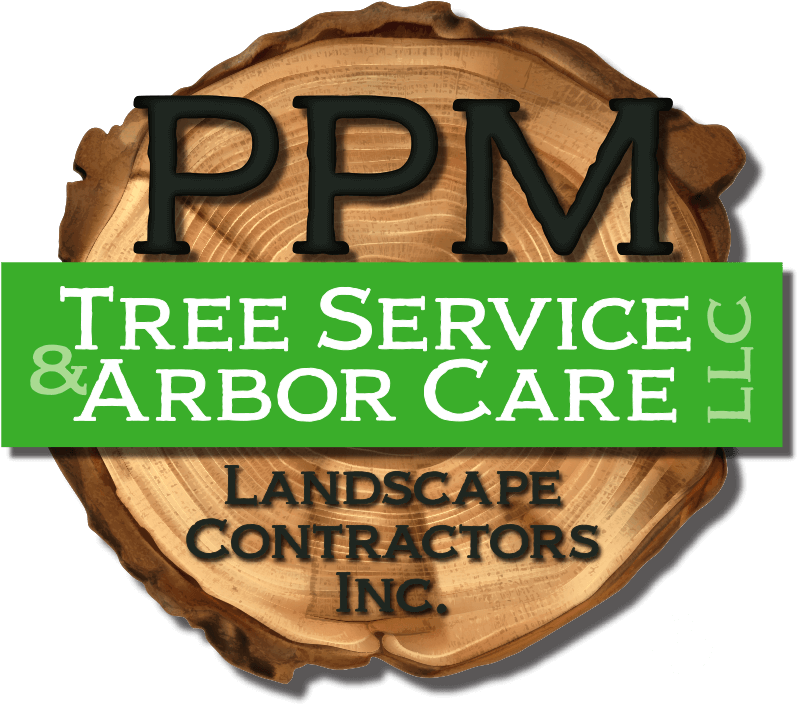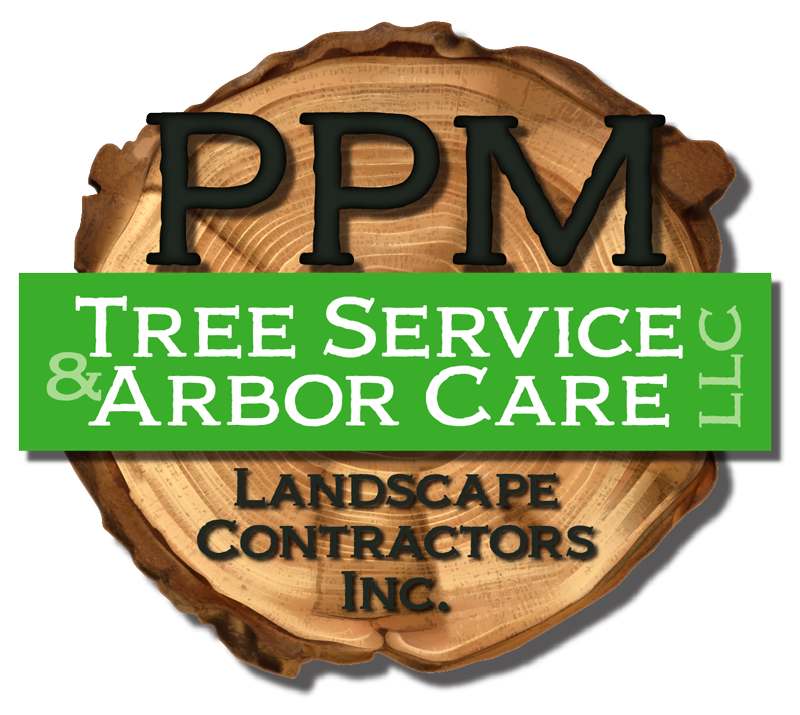Vine Identification: What’s Growing On Your Trees?
Vines may look beautiful growing up the side of a house or trellis, but vines can actually do a lot of harm to your trees if left untreated. As they climb the tree, vines add extra weight to limbs, can catch more wind in a storm, and can girdle or strangle the tree. If the vine reaches and spreads over the canopy, it can shade out the tree and deprive it of sunlight. Before you go in and start ripping down vines you should know what kinds of vines you are dealing with. Here are a few vine identification tips to help you with your tree maintenance.
Virginia Creeper
Probably the most common vine you’ll encounter here in Michigan is Virginia creeper. This deep-rooted vine can grow fast and be difficult to remove once it’s established. Its roots and underground tendrils can stretch several feet. Since it is an aggressive grower, Virginia creeper can cover an entire tree in just a few seasons. It’s important to keep an eye on this vine or it could deprive your trees of sunlight.
As an ornamental vine, Virginia creeper can look quite stunning climbing over a shed or the side of your house. Its clusters of tiny white flowers bloom in the summer and produce dark blue-black berries in the fall which will attract wild birds, make vine identification easy.
If Virginia creeper is a problem, the best way to remove it is to find the main vines and clip them. This won’t kill the roots but will kill everything in the tree. When the vine is dead you can pull down the vines by hand or just leave them to fall off naturally.
Moonseed
Moonseed is usually found in forests and swamps where soils are moist. It grows along the ground and climbs whatever it comes into contact with. Its leaves are roundish and vibrant green, but turn golden yellow in the fall. Its blossoms bloom in June and July and turn into berries in autumn for song birds and mammals to feast on.
Poison Ivy
Poison ivy is actually covered in a substance called urushiol which can trigger a severe allergic reaction in most people. The oil is so potent that you can get it even if you don’t touch the plant directly. Secondary sources include pets, clothes, and smoke.
Poison ivy can grow as a bush or a vine climbing up a tree. They have clusters of three leaves which help tell it apart from other harmless vines. This vine identification is made easy if you remember the old mantra, “leaves of three, let it be.” Shower thoroughly and wash your clothes after working in wooded areas.
Symptoms of a poison ivy rash include:
- Redness
- Itching
- Swelling
- Blisters
- Difficulty breathing, if you’ve inhaled the smoke from burning poison ivy
Poison Oak
Poison oak has bright green leaves that also grow in clusters of three, but the leaves of poison oak are more rounded and have a textured surface. They can grow as a shrub or a vine and can pack the same punch as its cousin, poison ivy.
Riverbank Grape
Another very common vine that you will encounter, especially if you have overgrown or wooded areas, is riverbank grape. It can grow almost anywhere and it’s not uncommon to find riverbank grape growing in flower beds or around your deck, thanks to birds. Grape vines can grow thick over several years making them very hard to remove without cutting them and letting them die.
The riverbank grape leaves are large and glossy and can provide a lot of shade for a garden or porch. This vine is sometimes a nuisance as it can grow fast and completely cover the canopy of a mature tree. With its thick vines and large leaves, it adds a lot of weight and strain on the tree which can result in broken limbs or a toppled tree during the next strong winds. Its fruits are tart but edible and make great juice, wine, or jelly.
At PPM Tree Care we provide tree trimming, pruning, and tree cabling services to help your trees grow up to be the best they can be. You can ask about our wide range of services here or call us at (877) 454-8733.

